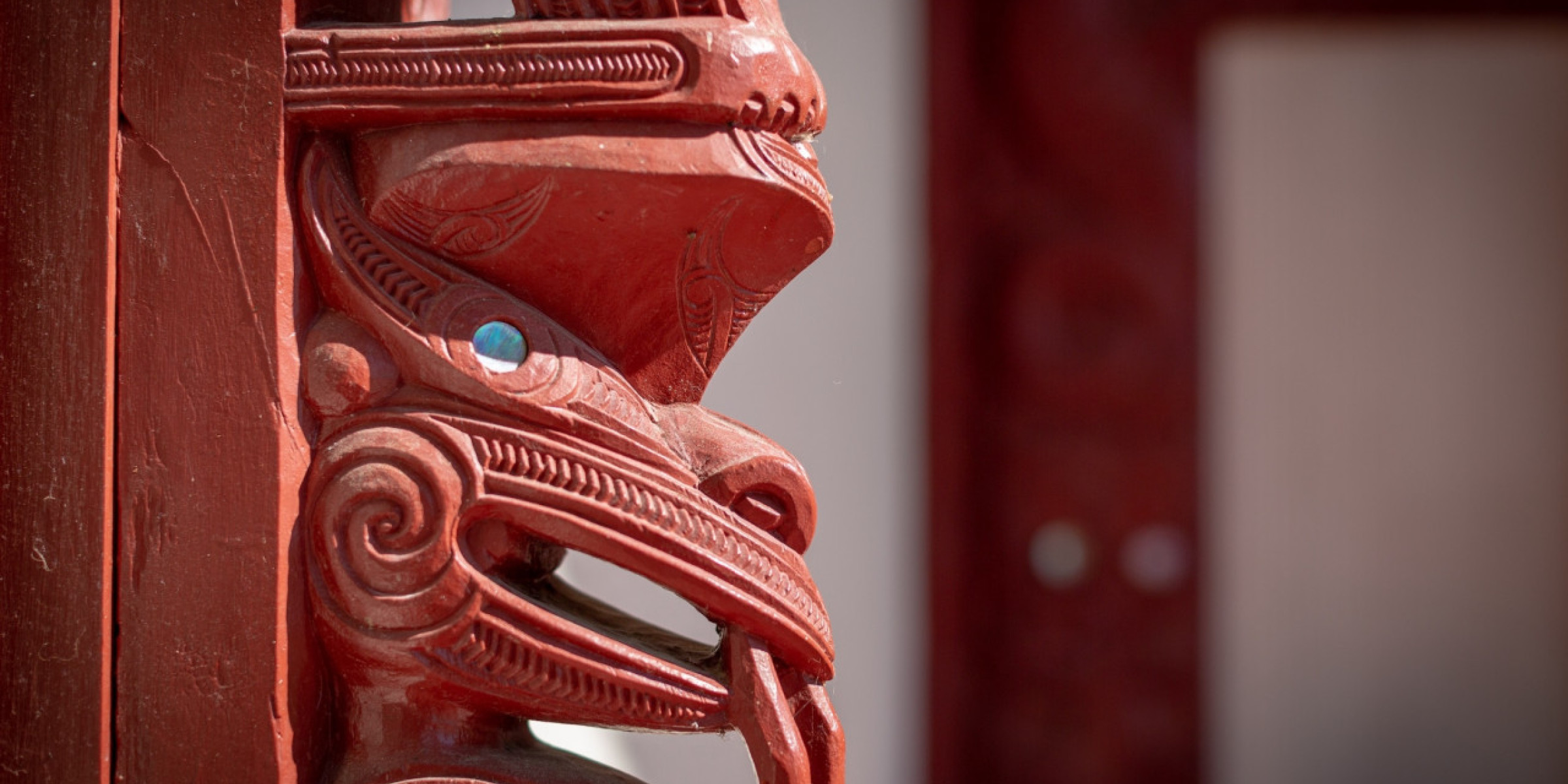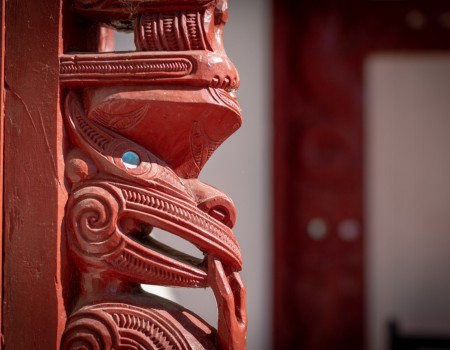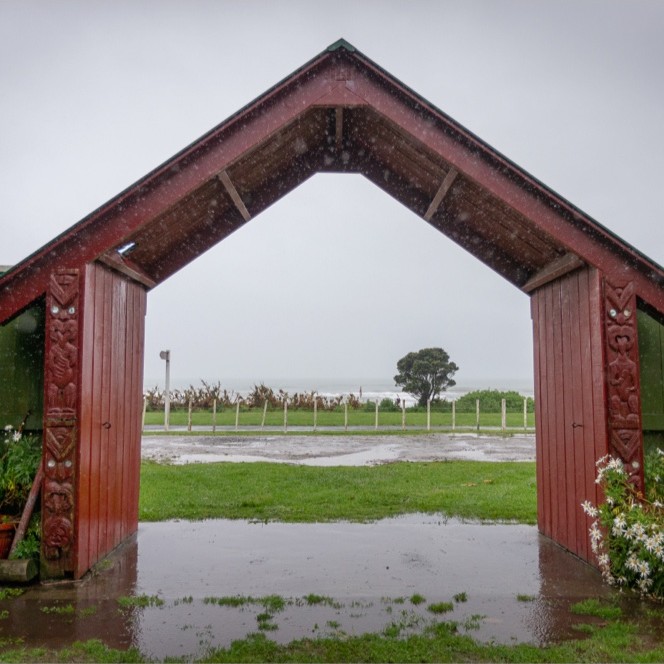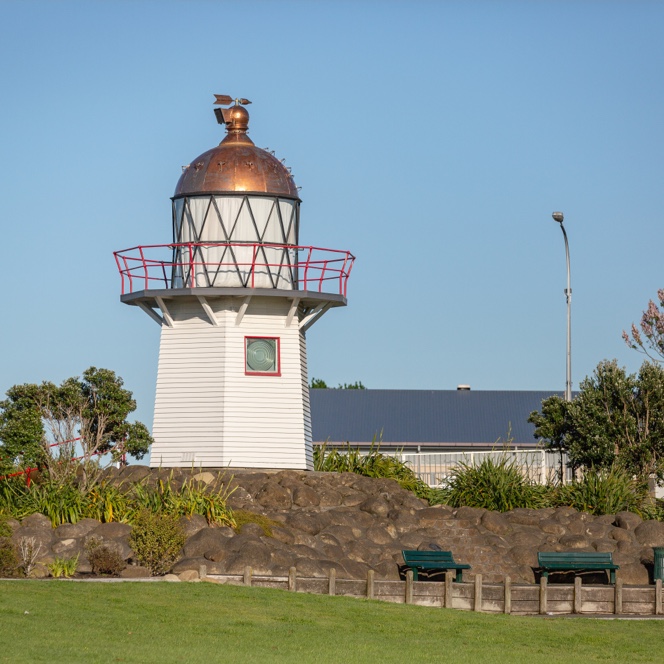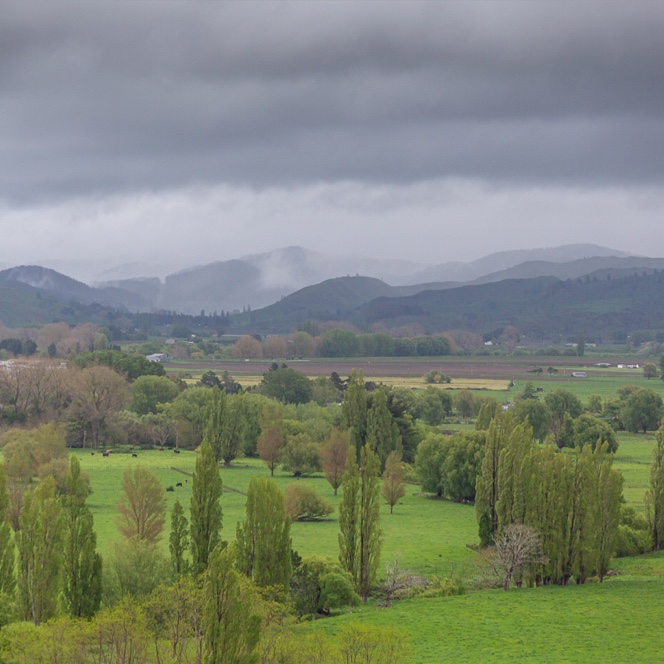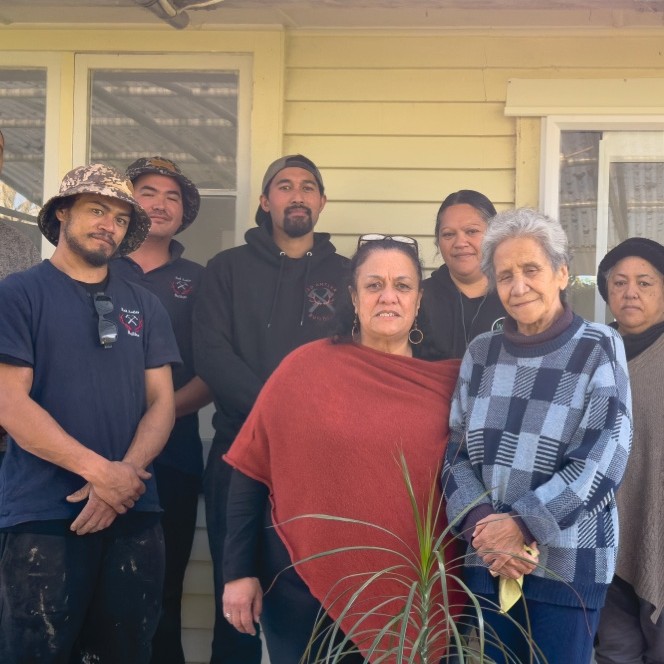About Tātau Tātau o Te Wairoa
Tātau Tātau o Te Wairoa Trust is responsible for managing and distributing the Settlement Redress from the Crown for the Iwi and Hapū, as enacted in the ‘Iwi and Hapū of Te Rohe o Te Wairoa Claims Settlement Act 2018’.
The Trust also manages the ongoing relationship and activities with the Crown and its entities with regards to the Settlement, fulfilment of obligations, and advocacy.
These responsibilities are established in the Act and the Tātau Tātau o Te Wairoa Trust Deed.
Other key points
- The Settlement established a formal partnership between Government Agencies and Tātau. The Wairoa Region Social and Economic Revitalisation Strategy Framework (SERS) sets out how these entities will collaborate to enhance the social and economic circumstances of people in the Wairoa. The SERS partners include:
- Ministry of Primary Industries
- Ministry of Business, Innovation and Employment
- Ministry of Social Development
- Ministry of Education
- Te Puni Kōkiri
- The Trust can establish and oversee the operation of subsidiaries, retaining ownership and control for the sole benefit of the Iwi and Hapū. Commercial subsidiaries for investment, horticulture and housing have been established.
- The Trust calculates and allocates a proportion of the net profit to Kāhui. The entire asset base is owned by seven Kāhui. Each Kāhui holds Kāhui Beneficial Units that act similarly to shares. (Kāhui are groupings representing the Iwi and Hapū.)
- Kāhui can become independent at certain time periods, meaning that they can cash in their Kāhui Beneficial Units. The Kāhui members will determine this by voting.
- The Trust has a charitable arm that undertakes mahi that is not for profit and that also has benefits for the wider community.
- There is a Kaumātua Council, representation from Kāhui, who are responsible for advising the Tātau on matters relating to the tikanga, reo, kawa, kōrero and whakapapa of Iwi and Hapū.
Main Provisions of the Settlement
Cultural Redress
The Settlement acknowledges the cultural, historical, spiritual, and traditional connection of iwi and hapū to areas within the rohe. These areas are specified in the Settlement.
Government entities must consider this connection and give consideration in relevant strategies and plans, for example consenting.
The Settlement gave Tātau ownership of certain sites, but the Crown remains responsible for them under laws like the Conservation Act 1987 or the Reserves Act 1977. These sites include Kumi Pakarae Conservation Area, Mahia Peninsula Scenic Reserve, Morere Springs Scenic Reserve, Otoki Government Purpose (Wildlife Management) Reserve, and Te Reinga Scenic Reserve Property A.
The Settlement established a joint board, Tātau and Wairoa District Council, to manage Te Rohe o Te Wairoa reserves. These include Ngamotu Lagoon Wildlife Management Reserve, Whakamahi Lagoon Government Purpose (Wildlife Management) Reserve, Rangi-houa / Pilot Hill Historic Reserve, Local Purpose (Esplanade) Reserve A and B.
The Mangaone Caves Historic Reserve was reclassified from a scenic reserve to a historic reserve.
The redress also includes the development of a partnership agreement between the Tātau and Te Urewera Board, and an obligation for the Te Urewera Board to consider and provide appropriately for the iwi and hapū cultural, historical, spiritual, and traditional associations with specified areas of Te Urewera.
Commercial Redress
The Settlement provided financial redress and for the transfer of properties.
It gave Tātau rights over land and rentals related to Crown Forestry Licences: Whareata and Patunamu (50%).
The Settlement provides Tātau the first right to buy certain land (RFR land listed in the Deed). If the owner wants to sell, the owner must offer it to the Trust first, unless a specific exception applies. This right lasts for 174 years from the settlement date.
There are protections for access to protected sites of special cultural, historical, or spiritual significance to Māori.
Summary of historical account
- The Crown did not bring the Treaty of Waitangi to Te Rohe o Te Wairoa, so the iwi and hapū there could not decide whether to sign it.
- Between 1864 and 1868, the Crown bought about 83,000 acres in Te Rohe o Te Wairoa without proper surveys or checking who owned the land. They also did not set aside enough reserves.
- In the 1860s, the iwi and hapū of Te Rohe o Te Wairoa tried to keep peace, but war started when the Crown attacked Omaruhakeke kāinga on Christmas Day 1865. Some iwi and hapū members who fought against the Crown were captured and executed or detained without trial. Others fought with the Crown, causing divisions and loss of life and property.
- In April 1867, some Wairoa Māori were forced to give up 42,000 acres to the Crown. Those who did not agree lost their land.
- After Te Kooti and other prisoners escaped from the Chatham Islands in 1868, the Crown asked some Wairoa Māori for help. Members of the iwi and hapū fought on both sides, leading to more executions.
- In 1875, the Crown took 178,000 acres near Lake Waikaremoana by exploiting confusion about the land’s status. They paid various parties but did not get agreement from a key Ngāti Hinemanuhiri leader and his hapū.
- In 1867 and 1868, the Native Land Court gave ownership of many Wairoa blocks to a few individuals, allowing them to sell the land. The laws did not allow the iwi and hapū to manage their land together until 1894.
- In the 20th century, the Crown bought more land in Te Rohe o Te Wairoa, sometimes misusing their power or buying land from individuals after the owners had decided not to sell. The Urewera Consolidation Scheme (1921) led to significant loss of land. The Crown took control of Lake Waikaremoana and resisted Māori attempts to secure title to the lakebed. In 1954, the Crown created Te Urewera National Park without consulting the iwi and hapū. In 1961, the Crown bought 19,700 acres from Ngāti Hingānga to add to the park.
- Since the 1870s, the Crown has taken more than 500 acres for public works from the iwi and hapū of Te Rohe o Te Wairoa. At Opoutama, they took land for a landing ground from Māori while leasing land from a Pākehā.
- By 2001, nearly 90% of the iwi and hapū lived outside Te Rohe o Te Wairoa. Many who remain face serious socio-economic issues. Crown regulations left the iwi and hapū unable to manage their responsibilities for rivers, wetlands, and other important areas. Despite this, the iwi and hapū of Te Rohe o Te Wairoa have a long history of serving in New Zealand’s armed forces and have contributed generously.
